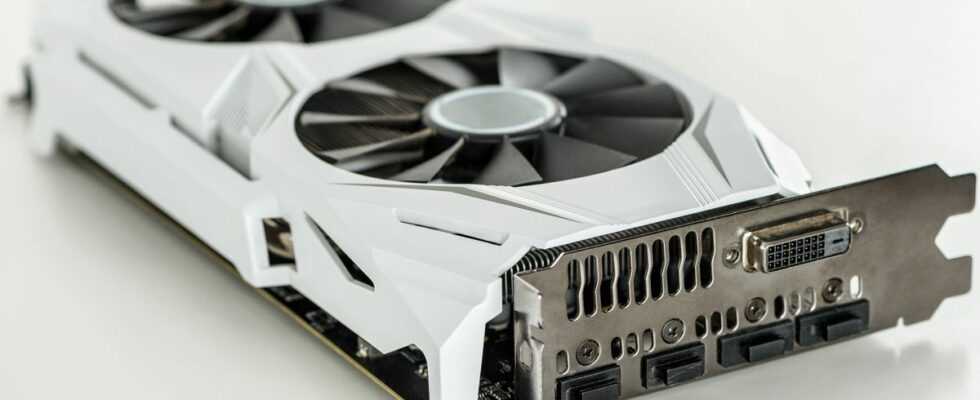In our guides to buying graphics cards under €500, the GeForce RTX 3060 and Radeon RX 6600 XT come out on top. Let’s briefly review the capabilities of these two models to help you make the right choice.
Supply is still just as complicated on the graphics card market, with these very strong tensions not failing to push prices up. Nevertheless, by dint of persevering, some still manage to equip themselves. Given the prices charged, many are moving towards mid-range models, which are very popular in our comparisons. Among the greens (Nvidia), it is the GeForce RTX 3060 which dominates the buying guide for the best cards for gaming under 500 €, while among the reds (AMD), the Radeon RX 6600 XT is not remains. Between the two, the price difference is often marginal. In this context, which one to choose?
AMD advantage in rasterization, Nvidia in raytracing
To find out, you obviously have to go through our respective tests (both are currently rated 3 stars) but also take into account aspects a little broader than just raw performance. Does AMD’s Navi 23 GPU, on RDNA 2 architecture, manage to shake the GA106 on Nvidia’s Ampere architecture? In Full HD (1080p) and in rasterization (the classic rendering mode for video games), the RX 6600 XT wins against the RTX 3060 by 9% according to our performance index. A difference, still in favor of the AMD card, which is only 3% in WQHD (1440p). Packed is it weighed? Things are obviously more complex than that.
More and more games offer raytracing rendering. Admittedly, this is still far from being a fully democratized feature, but the gain in rendering quality is real and there is no doubt that in the future, an increasing number of graphics engines will make relevant use of this technology. . Even if it means changing graphics cards, you might as well look at how these two behave in this exercise. Verdict: activating raytracing has a much greater impact on the performance of the AMD card than that of its competitor from Nvidia, which clearly takes the lead. Whether in Full HD or WQHD, with raytracing enabled, the RTX 3060 performs around 60% better than the RX 6600 XT.
Nvidia, always ahead in terms of software
In addition, the advance shown by Nvidia’s DLSS technology (which improves performance by limiting quality losses) over AMD’s FSR (whose recent arrival of version 2.0 still promises to be life-saving), reminds us that – overall – the ecosystem of Nvidia technologies and drivers is still to this day above what AMD can offer, despite all its efforts in this area. A software background which, on its own, cannot make a final choice, but which still has a good chance of tipping the balance on Nvidia’s side between two products with similar performance and price ranges.
For information, you should also know that the AMD card tends to consume a bit more energy than the Nvidia card (190 W against 170 W in our tests), which leaves a little more margin to the different manufacturers (either for offer quieter versions, or to overclock components in search of increased performance).
Small advantage for Nvidia, especially if the RTX 3060 is cheaper
In the end, at almost identical prices, we advise those who absolutely want to optimize their rasterization performance to go for an AMD Radeon RX 6600 XT (especially if they play in Full HD), but to those who approach the question from a slightly broader perspective (raytracing, drivers, software package) of opting for a GeForce RTX 3060 from Nvidia. Some merchants also seem to have more availability on the latter, sometimes at more competitive prices depending on the model, which may end up convincing some to enter their credit card number with an online merchant.
